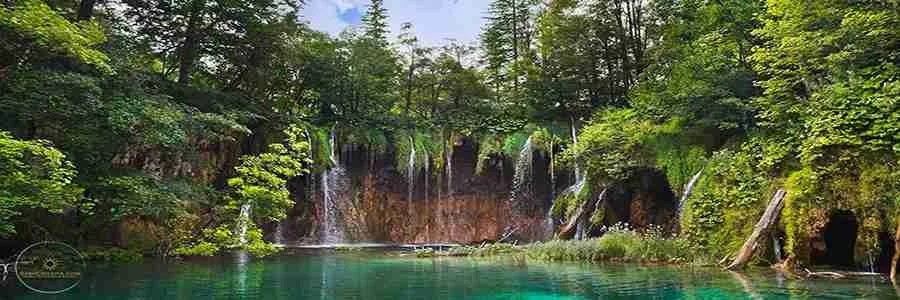Diocletian Palace in Split, is one of the best preserved monuments of the Roman architecture in the world. The Emperor’s Palace is build as a combination of a luxury villa and a Roman military camp and divided into four parts with two main streets.
Southern part of the Palace is the Emperor’s apartment and appropriate governmental and religious ceremonies. The north part was for the Imperial guard – the military, servants, storage etc.

Diocletian – the first Roman emperor to abdicate voluntarily – commissions this magnificent palace to be complete in time for his retirement in AD 305. Built from lustrous white stone transported from the island of Brač, and construction lasts 10 years. Diocletian spared no expense, importing marble from Italy and Greece, and columns and 12 sphinxes from Egypt.

The Palace is a rectangular building (approximately 215 x 180 meters) with four large towers. At the corners, doors on each of the four sides and four small towers on the walls. The lower part of the walls has no openings. The upper floor is open with a monumental porch on the south and halls with grand arch windows on the other three sides.
Diocletian Palace Gates
Each wall has a gate at its center and name after a metal. The elaborate northern Golden Gate, the southern Bronze Gate, the eastern Silver Gate and the western Iron Gate.


Because the Bronze Gate opened straight from the water into the basements, the goods could be unloaded directly from ships and stored. Now this former tradesman’s entrance is the main way into the palace from the Riva.
Between the eastern and western gates is a straight road (Decumanus). The road separates the imperial residence on the southern side, with its state rooms and temples, and the northern side, and used by soldiers and servants.
The basement rooms of the Diocletian Palace – Split – Croatia, and corridors exude a haunting timelessness. For fans of Game of Thrones here Daenerys Targaryen keeps her dragons when she’s in Meereen.

Over the centuries the Palace inhabitants and later also the citizens of Split adapted parts of the palace for their own requirements. As a result, the inside buildings as well as the exterior walls with the towers significantly changed the original appearance, but the outlines of the Imperial Palace are still very visible.

Split – Dalmatia – Croatia


